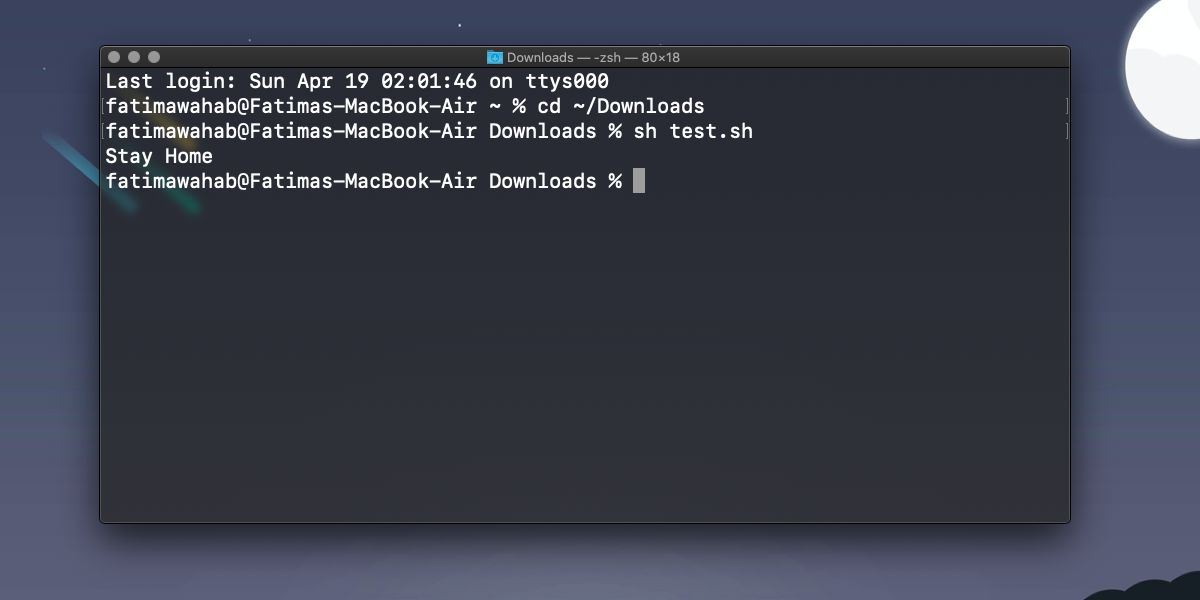

- #How to install the latest bash on mac os for mac
- #How to install the latest bash on mac os download
- #How to install the latest bash on mac os free
transferring data between operating systems isn’t easy.you need to reboot your computer to switch between the systems.
#How to install the latest bash on mac os free
completely free (not Windows of course).puts less strain on your Mac’s memory and processing power.

#How to install the latest bash on mac os for mac
Don’t worry, we’ll have your back the whole way through! Boot Camp for Mac vs virtualization software

In this article, we’ll have a deep look at installing Windows on Mac. Why choose if you can get the best of both worlds by dual booting? Install Windows on Mac so you can jump back and forth from one operating system to another on the same computer.īy now, the practice is well-established and Windows can work on Mac well. Now, let’s check more ideas and solutions.įeatures described in this article refer to the MacPaw site version of CleanMyMac X. You will know how many unwanted apps you’ve got and how much junk they contain.
#How to install the latest bash on mac os download
Then to use your new Ruby, enter: rvm use 1.9.So here’s a tip: Download a free version of CleanMyMac to find your outdated background apps. To install Ruby 1.9.3 (safest option with standard 10.5 libraries) you should now be able to enter: rvm install 1.9.3 To start using RVM right away enter: source /Users/your_user_name/.rvm/scripts/rvm If you get SSL certificate problem, allow curl to do an 'insecure' download then run the script again: echo insecure > ~/.curlrc You should then see: Downloading RVM from wayneeseguin branch master Just run the script as below to get RVM (the suggested command /rvm-installer -s stable might only bring up the Usage document). Make sure the rvm-installer script is executable: chmod +x rvm-installer Manually comment out the lines that check your version of bash (lines 3-11) in the 'rvm-installer' script (reason: OS X 10.5.8 has BASH 3.2.17 and the script warns: BASH 3.2.25 required (you have 3.2.17(1)-release). Get the rvm-install script (the k option by-passes SSL warnings): curl -Lk -o rvm-installer


 0 kommentar(er)
0 kommentar(er)
